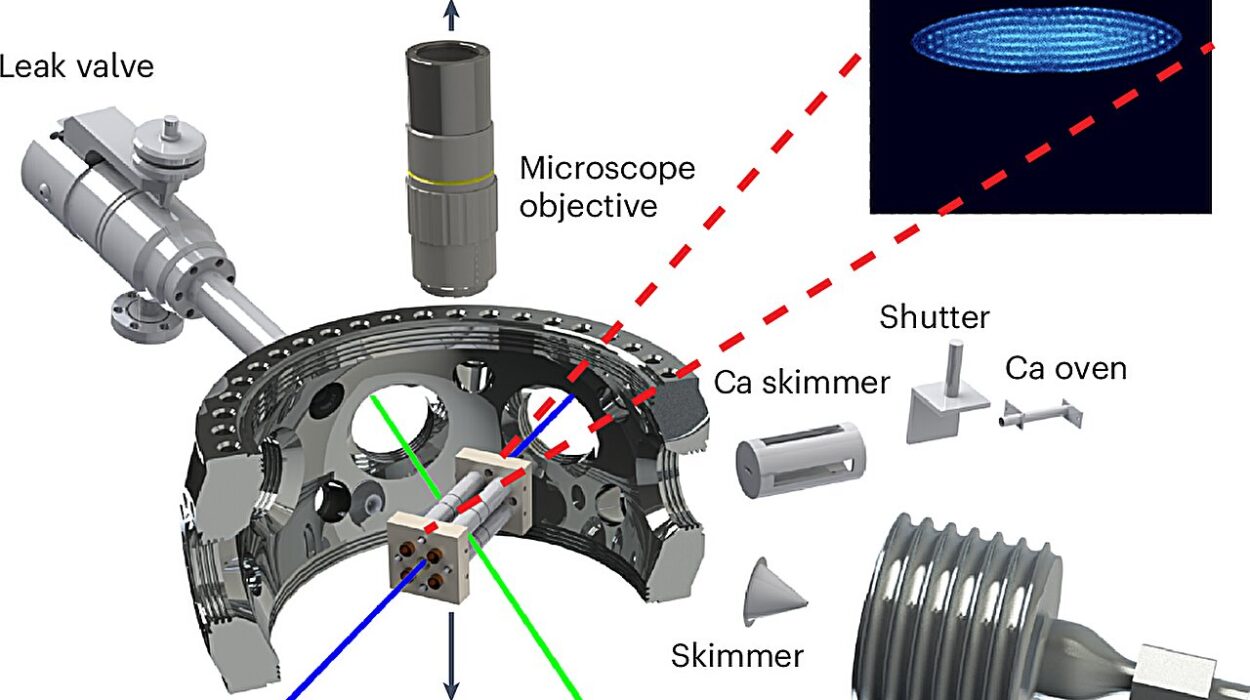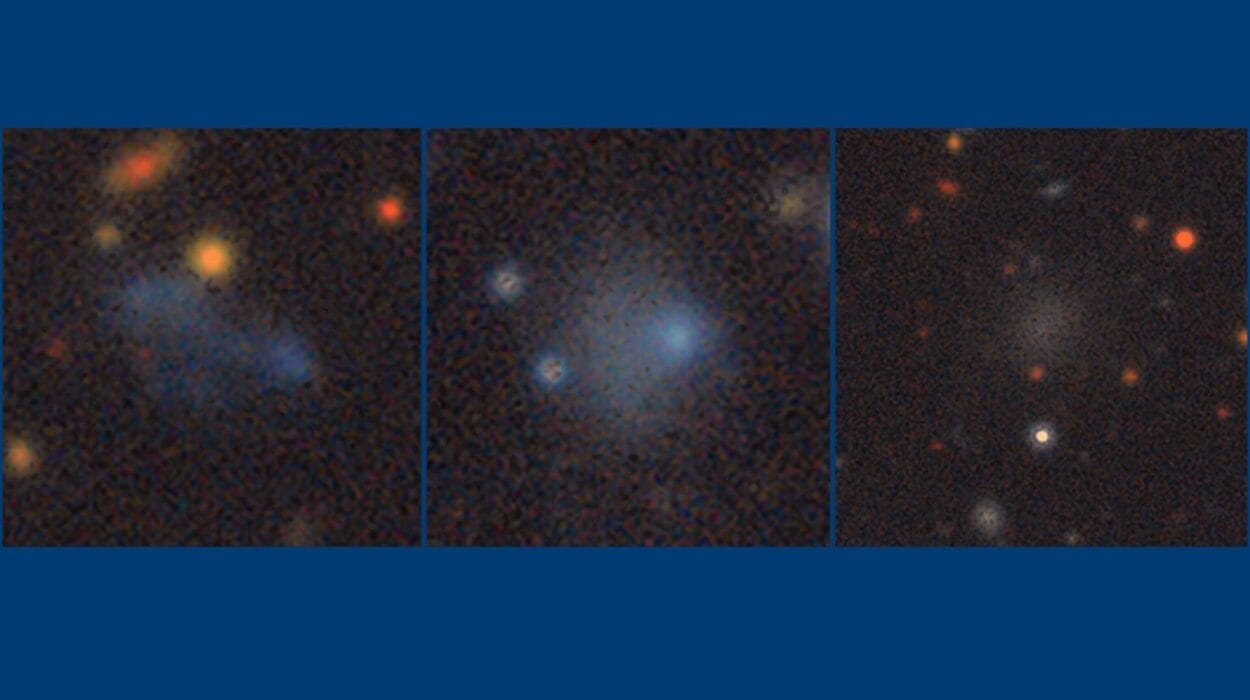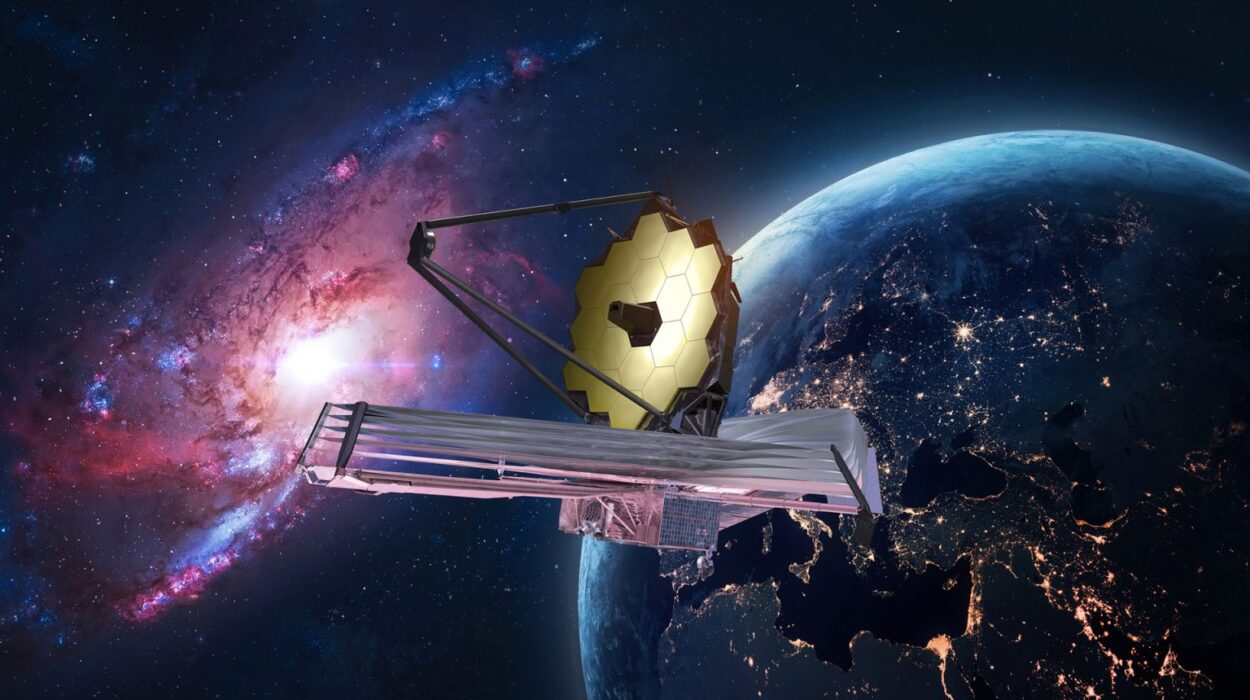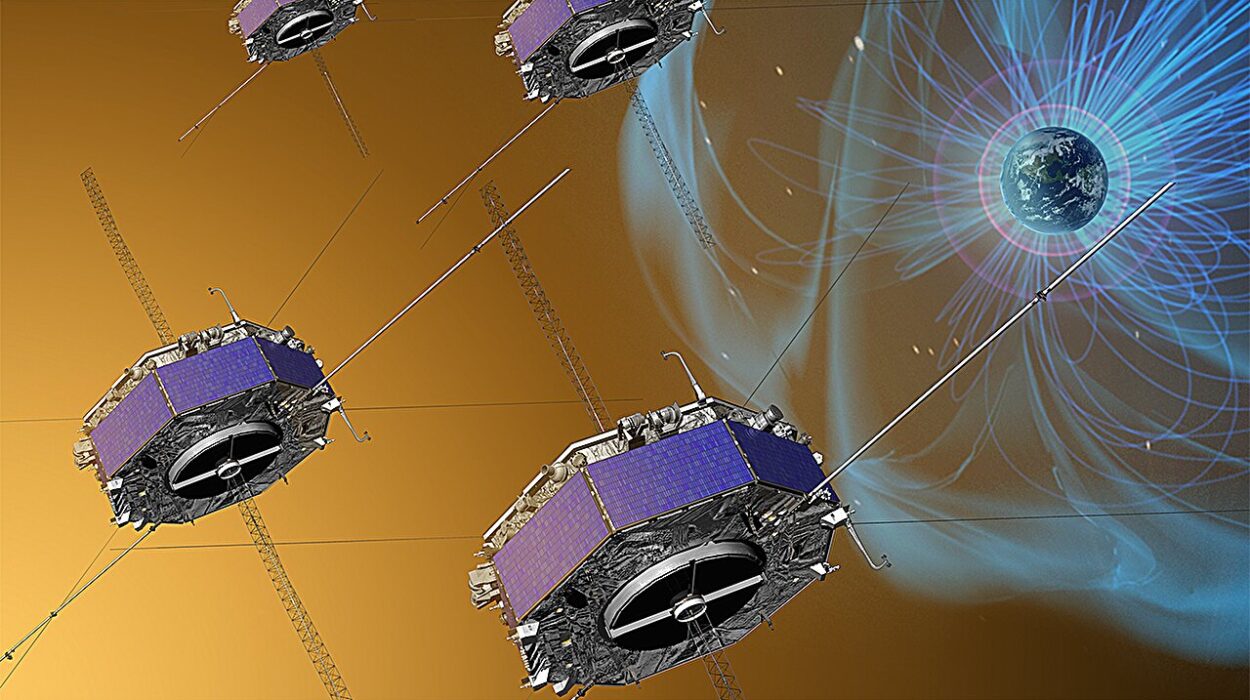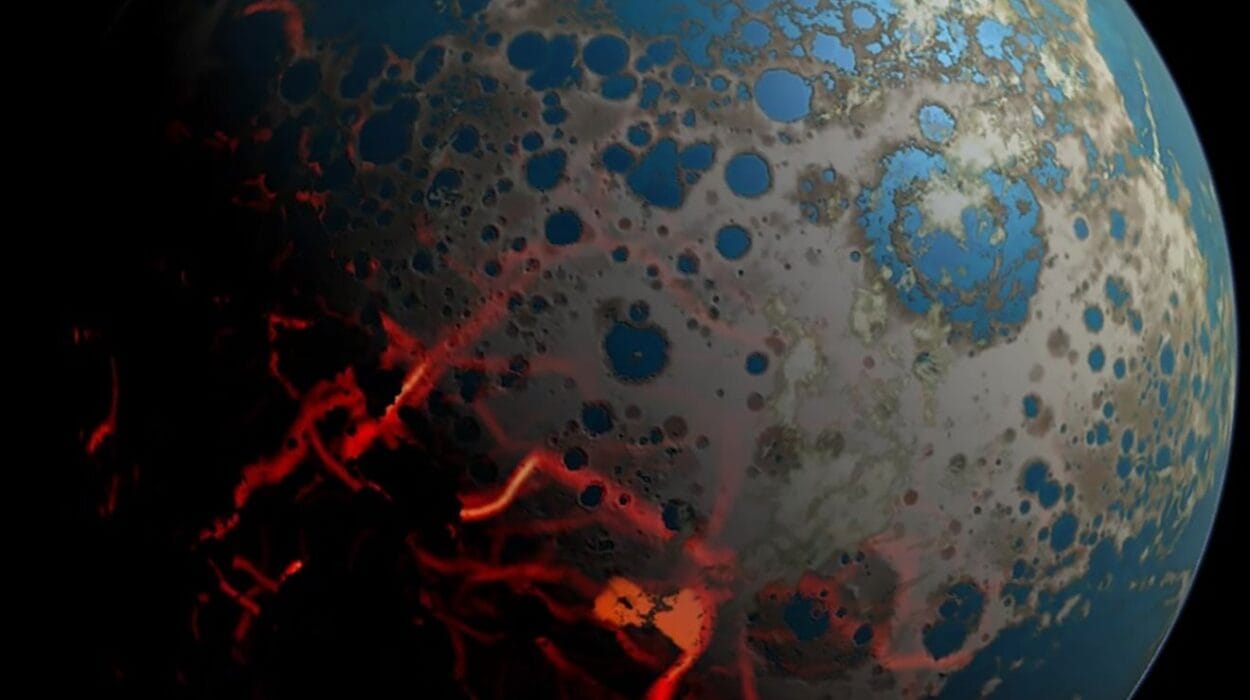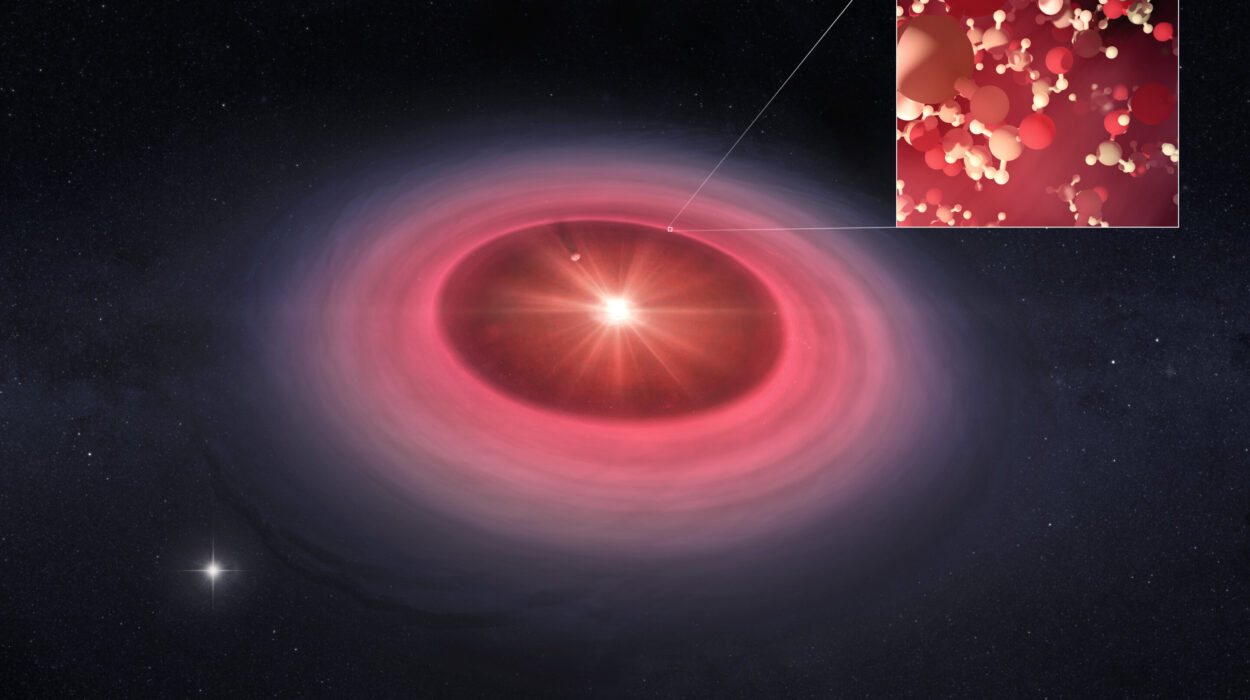When we picture outer space, we often imagine an infinite, empty void. The stars seem to float in serene silence, and the vast blackness evokes feelings of isolation, mystery, and limitless expanse. But just above our heads — a mere few hundred kilometers from Earth’s surface — space is far from empty. In fact, it’s getting crowded. Humanity has been sending rockets, satellites, and spacecraft into orbit for over six decades. Along with this great expansion of space technology has come a less glamorous side effect: space debris.
Also known as orbital debris or space junk, these are the leftovers of our exploration and exploitation of space. From shattered satellite fragments to spent rocket stages, bolts, paint flecks, and tools accidentally released during spacewalks — Earth’s orbit is increasingly cluttered. What was once a pristine frontier is now a chaotic, congested highway, threatening the safety of future missions, space stations, and even satellites essential to modern life.
The story of space debris is not just about trash in orbit; it’s about responsibility, technology, sustainability, and the future of space exploration.
The Origins of the Orbital Junkyard
The first piece of space debris arguably dates back to 1957, when the Soviet Union launched Sputnik 1, the world’s first artificial satellite. Though the satellite itself burned up on reentry a few months later, its launch stage — a rocket body — remained in orbit much longer. That leftover hardware marked the beginning of a new age: one in which humanity left more than just footprints in space.
Over the following decades, the number of launches increased exponentially. Satellites were placed in orbit for communications, weather forecasting, navigation, scientific observation, and military surveillance. Along with these came upper stages of rockets, deployment mechanisms, and all kinds of incidental debris.
In the Cold War era, space was also a theater of military experimentation. Anti-satellite tests created intentional explosions in orbit. Some countries tested the ability to destroy orbiting satellites with missiles, generating massive clouds of fragments. Even unintentional events like satellite collisions and explosions due to leftover fuel or batteries added significantly to the debris population.
By the late 20th century, the problem was no longer theoretical. Satellites and even crewed missions like the Space Shuttle began encountering risks from debris. Ground controllers were forced to develop tracking systems, maneuvers, and avoidance protocols.
What Counts as Space Debris?
Space debris is broadly defined as any human-made object in orbit that no longer serves a useful function. It exists in all shapes and sizes, and not all of it is visible or even trackable from Earth.
Some debris is tiny — as small as flecks of paint or microscopic metal fragments. These might seem harmless, but when traveling at speeds of 7 to 8 kilometers per second (25,000 to 30,000 kilometers per hour), even a millimeter-sized object carries the kinetic energy of a bullet.
Larger objects include non-functional satellites, spent rocket stages, and broken components. Some are as large as buses, tumbling slowly through orbit, waiting to decay and reenter Earth’s atmosphere — or, in the worst case, to collide with something else and fragment into thousands more pieces.
The types of debris vary:
- Fragments from explosions or collisions.
- Rocket bodies left in orbit after satellite deployment.
- Dead satellites that no longer function but continue to orbit.
- Operational debris, such as bolts, lens caps, or clamps released during missions.
- Mission-related items, including tools dropped during spacewalks or cables and antenna parts that detach.
Today, there are hundreds of millions of debris particles in orbit, though only a fraction are regularly tracked. Larger objects — roughly 10 centimeters or more — number in the tens of thousands and are monitored with ground-based radar and telescopes.
Why It’s a Growing Threat
Space debris isn’t just a matter of cosmic littering — it presents real and growing dangers. As the density of debris increases, so too does the likelihood of collisions. These collisions, even between small objects, can produce thousands of new fragments, each of which becomes a projectile in its own right.
This runaway scenario is known as the Kessler Syndrome, a theoretical model proposed by NASA scientist Donald J. Kessler in 1978. Kessler predicted that as debris populations grow, a single collision could trigger a chain reaction, creating more debris and further increasing the chance of future collisions. This cascade could ultimately make certain orbits unusable for decades or centuries.
The danger isn’t just theoretical. In 2009, an operational American communications satellite (Iridium 33) collided with a defunct Russian satellite (Kosmos 2251). The impact created over 2,000 trackable pieces of debris, many of which are still in orbit today.
Even the International Space Station (ISS), orbiting about 400 kilometers above Earth, has had to maneuver numerous times to avoid debris. Its hull is armored against small impacts, but a strike from a larger object could be catastrophic. In fact, small debris has already cracked ISS windows and damaged solar panels.
The more satellites we launch — especially with the rise of mega-constellations like Starlink, which aims to deploy tens of thousands of satellites — the greater the risk. Without mitigation, the long-term sustainability of orbital space is at risk.
The Human Factor: Responsibility and Regulation
One of the most complex aspects of space debris is the question of responsibility. Outer space is a global commons — no single country owns it. But this also means that no single nation is tasked with cleaning it up. While space law does exist, much of it is outdated or lacks enforcement mechanisms.
The Outer Space Treaty of 1967, signed by over 100 countries, lays down basic principles for space activities, including peaceful use and liability for damages. However, it does not specify rules for preventing or cleaning up debris. Later agreements, like the Liability Convention, offer frameworks for damage caused by space objects, but they rely on diplomatic resolution rather than strict enforcement.
Space-faring nations have developed voluntary guidelines under organizations like the United Nations Committee on the Peaceful Uses of Outer Space (COPUOS). These include recommendations for:
- Designing satellites to avoid accidental breakups.
- Maneuvering defunct satellites to graveyard orbits or controlled reentry.
- Limiting the long-term presence of rocket bodies in orbit.
Despite these guidelines, compliance is mixed, especially among newer space actors or in military contexts. The economic incentives to follow debris mitigation practices are limited, and many private companies prioritize cost and speed over long-term responsibility.
As access to space becomes more commercialized and globalized, creating binding international agreements and accountability mechanisms becomes essential.
Tracking the Invisible
One of the few defenses humanity has against space debris is tracking. Ground-based radar systems, optical telescopes, and space-based sensors are used to monitor the positions and velocities of thousands of objects in orbit.
Agencies like the U.S. Space Surveillance Network (SSN) maintain massive catalogs of objects larger than about 10 centimeters in low Earth orbit (LEO). These databases are shared with satellite operators to help them plan maneuvers and avoid collisions.
But even with advanced tracking, many objects — particularly those smaller than a centimeter — remain invisible to current systems. These micro-debris particles can still cause significant damage, and their numbers are vast.
Improving detection capabilities is an ongoing challenge. Projects are underway to use more sensitive radar, adaptive optics, machine learning, and satellite constellations equipped with onboard debris sensors. The goal is to eventually track objects as small as a few millimeters and predict high-risk encounters with greater precision.
Cleaning Up Space: Concepts and Challenges
Recognizing the growing risk, scientists and engineers are exploring ways to actively remove debris from orbit. However, cleaning space is a daunting task, technically, legally, and financially.
Proposed methods include:
- Harpoons and nets: Designed to capture larger debris and drag it into lower orbits where it will burn up during reentry.
- Robotic arms: Mounted on servicing satellites to latch onto derelict objects and either repair, deorbit, or tow them.
- Lasers: Ground- or space-based lasers could nudge debris into new orbits or vaporize tiny particles.
- Electrodynamic tethers: These long, conductive wires interact with Earth’s magnetic field to create drag and slow down objects for reentry.
Each method faces challenges. Catching fast-moving, tumbling debris is immensely difficult. Many objects were never designed to be captured or deorbited. Additionally, there are geopolitical sensitivities — a device capable of removing another country’s satellite could also be viewed as a weapon.
Moreover, cost remains a major barrier. There is no revenue in removing debris, and funding such missions requires significant international cooperation or public investment.
Still, small-scale cleanup demonstrations have already taken place. Experimental missions like RemoveDEBRIS and ClearSpace-1 are testing concepts in orbit. These missions offer hope that with enough commitment and innovation, cleanup may one day become routine.
The Rise of Mega-Constellations
In recent years, a new challenge has emerged: the proliferation of mega-constellations — networks of thousands of small satellites intended to provide global internet coverage.
Companies like SpaceX, Amazon, and OneWeb are deploying large numbers of satellites into low Earth orbit, often in similar altitude bands. While these constellations promise to expand global connectivity, they also dramatically increase the density of objects in orbit.
Each satellite is a potential collision risk, and even though modern designs include deorbit plans at end-of-life, accidents and malfunctions still occur. The sheer number of satellites raises concerns that even a single failure could trigger a collision cascade.
Critics argue that regulators have not kept pace with this rapid expansion, and that the risks of such deployments have been downplayed. Proponents counter that responsible operators are implementing best practices, collision avoidance systems, and cooperation agreements.
Either way, the age of orbital congestion has arrived, and managing the impact of these mega-constellations will be central to the future of space sustainability.
The Stakes: Why It Matters
The danger posed by space debris is not confined to astronauts or niche scientific concerns. Every day, billions of people rely on space-based systems for communication, navigation, commerce, weather forecasting, and more.
Satellites power GPS, monitor climate change, enable financial transactions, and provide critical services for disaster relief. The loss of these assets — whether through collision, avoidance maneuvers, or restricted access to key orbital paths — would have global repercussions.
Beyond Earth, the threat of space debris could limit our future ambitions. Missions to the Moon, Mars, or deep space require safe passage through Earth orbit. If key orbital highways become too hazardous, it could choke off humanity’s progress toward becoming a multi-planetary species.
In short, the space debris problem is not just about cleaning up our mess — it’s about preserving the very infrastructure of modern civilization and safeguarding the future of exploration.
The Road Ahead: Building a Sustainable Space Future
Solving the problem of space debris will require more than technology. It demands a cultural shift in how humanity views its role in space. Just as we learned — too late — about the consequences of polluting Earth’s atmosphere and oceans, we must now grapple with the impact of our actions in orbit.
That means enforcing orbital traffic rules, holding operators accountable, designing satellites for longevity and safe disposal, and investing in international collaboration.
It also means educating the public and policymakers. Space may feel distant, but it is integral to daily life. Only with awareness and urgency can we hope to protect this fragile and vital domain.
Space is vast, but not infinite. The zone we rely on most — low Earth orbit — is a narrow shell just a few hundred kilometers thick. We are rapidly filling that shell with the remnants of our progress. The time to act is now, while we still have the ability to shape the future of our presence in space.

